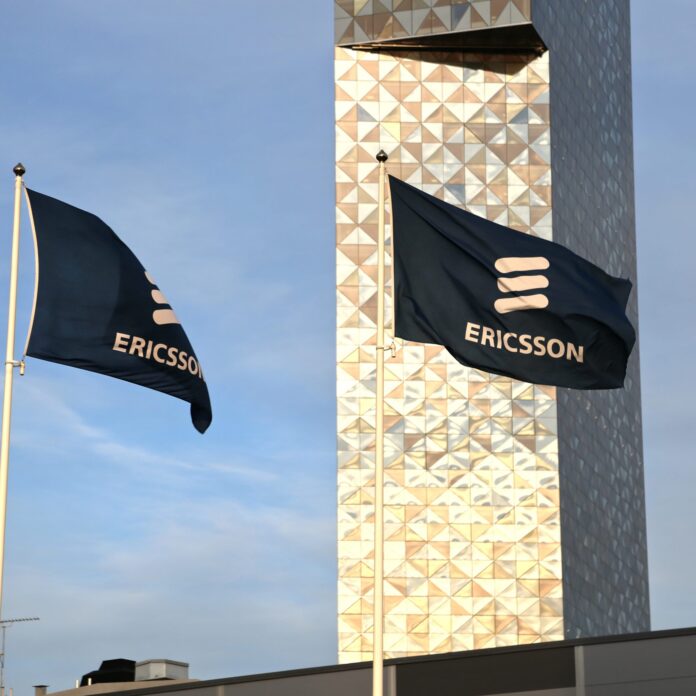Australian operator is first to deploy new Ericsson platform
Continuing its push into content delivery network services, Ericsson this week announced a deal with Telstra, the largest telecom and media company in Australia, to provide a managed content delivery solution.
Telstra will be the first operator in the world to deploy the Ericsson Media Delivery Network solution. Ericsson’s Consumer Lab research indicates that 75% of consumers regularly stream video in their homes and to mobile devices.
Ericsson’s Media Delivery Network solution allows delivery of content over fixed and wireless networks and can be integrated with LTE Broadcast technology.
Ove Anebygd, Ericsson’s VP and head of solution area media, said the goal of the Media Delivery Network is “to allow operators to assume an even more active role in the evolving media value chain, enabling them to more readily extend value into new collaborative and mediacentric services.”
He continued: “We will work collaboratively with Telstra to effectively leverage both the Media Delivery Network solution and their core network functionality to develop strategic content delivery and optimization services, supporting the growth of Telstra’s media business.”
On May 11 at the Content Delivery Summit 2015, Telstra and Ericsson presented on exploration of hybrid delivery methods and blended services with Salman Taj, head of technology, content delivery for Ericsson speaking.
LTE Broadcast and the Media Delivery Network solution, which enable mobile network operators to provide high-quality video experiences to the end user, were major thrusts of Ericsson’s presentation at Mobile World Congress 2015 in Barcelona, Spain.
Simon Frost, head of media marketing and communication for Ericsson, highlighted the importance of robust content experiences in driving revenue across the media value chain.
Frost said that in a networked society, “Everything that is a screen is connected to a broadband IP network and consumers will want to get video on it. It’s really putting huge challenges at the whole core of the media value chain.”
He described one of Ericsson’s core focuses as “enabling everyone – content owners, broadcasters, pay-TV service providers, network operators – to innovate with video experiences and to really delight TV consumers and drive new revenue, drive relevance.”
The Media Delivery Network can help operators deal with challenges like high peering costs, rising backhaul transit costs, last-mile bandwidth demands and decreasing subscription revenue.
Frost noted the importance of LTE Broadcast, or LTE-B, in keeping up with data demand, which, based on the most recent Ericsson Mobility Report, will increase eightfold by 2020 with a projected 55% of the data traffic going to video.
LTE Broadcast extends an operator’s evolved packet core by offering point to multipoint content delivery.

